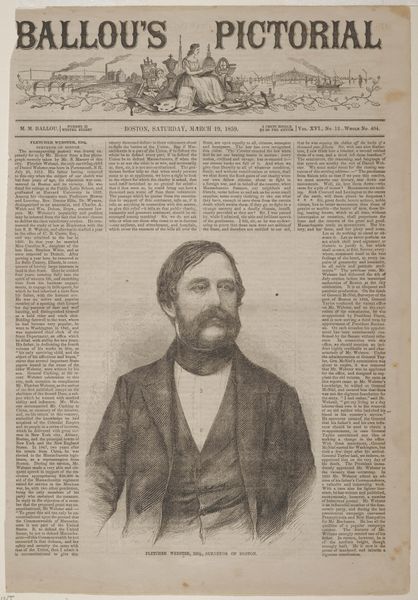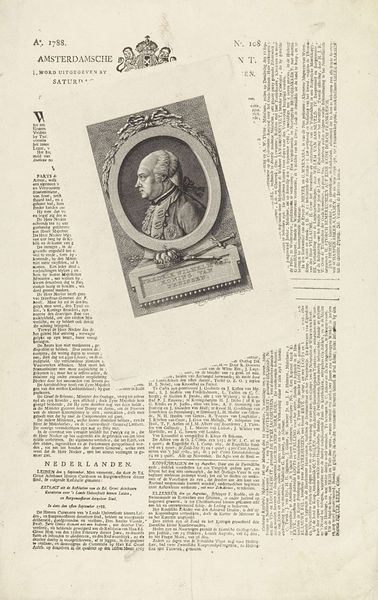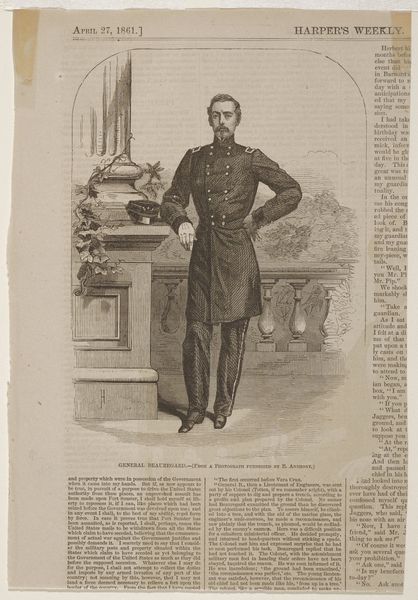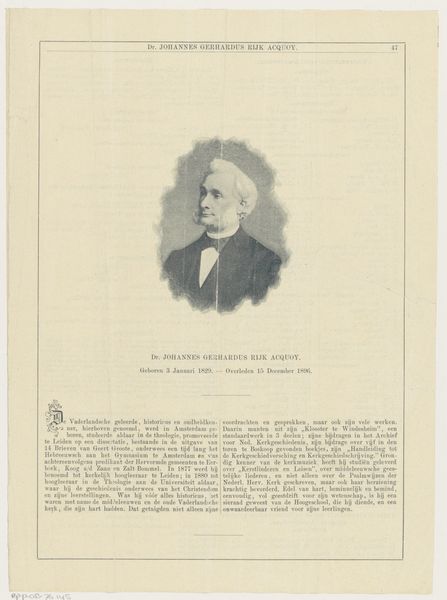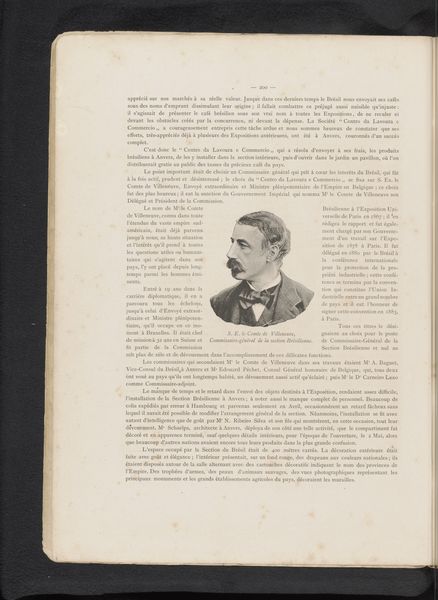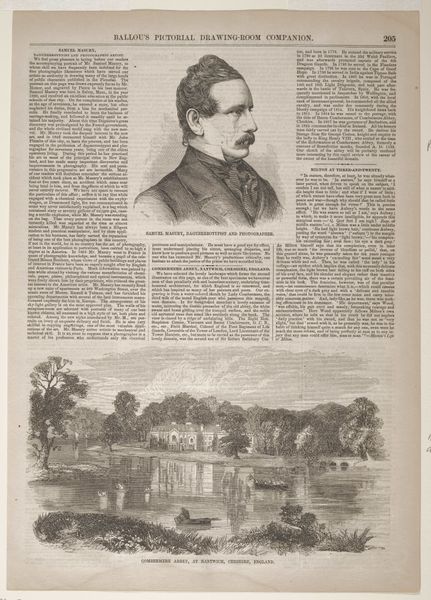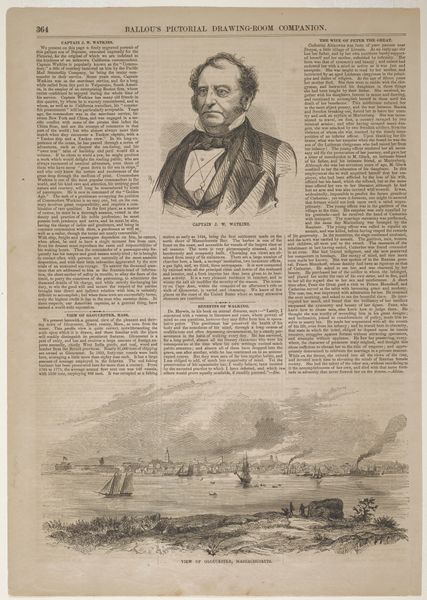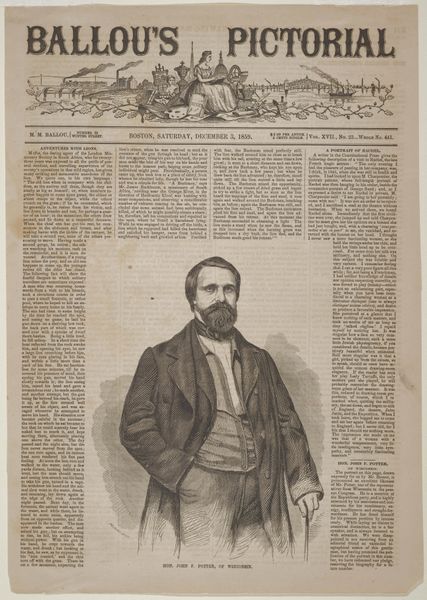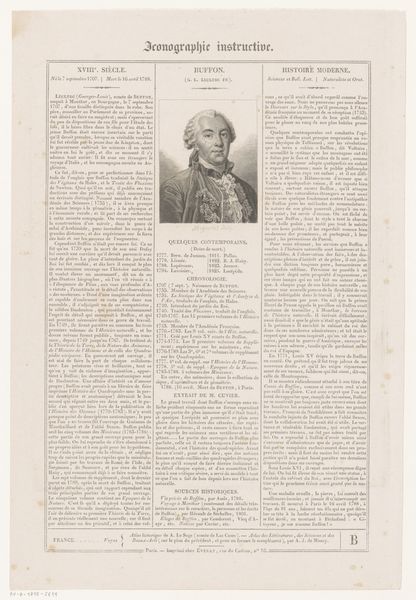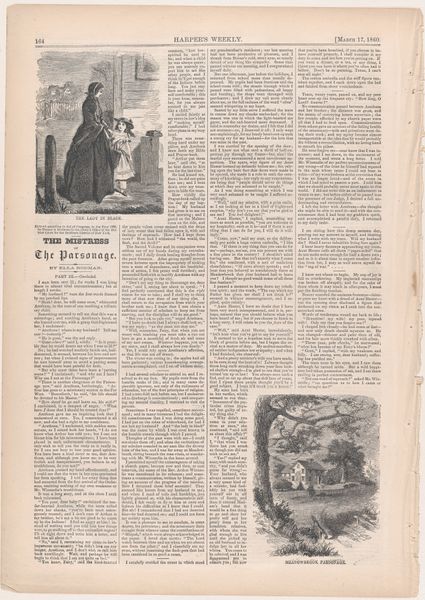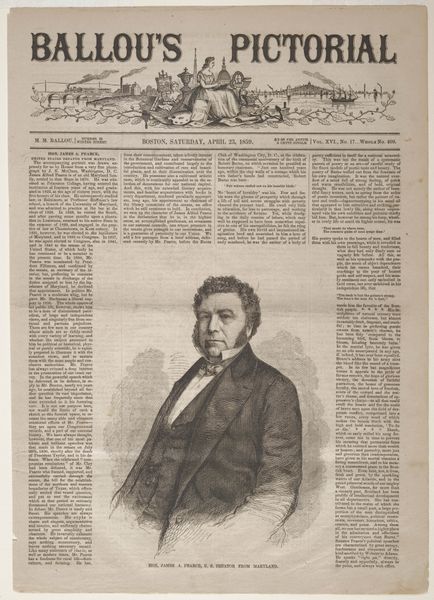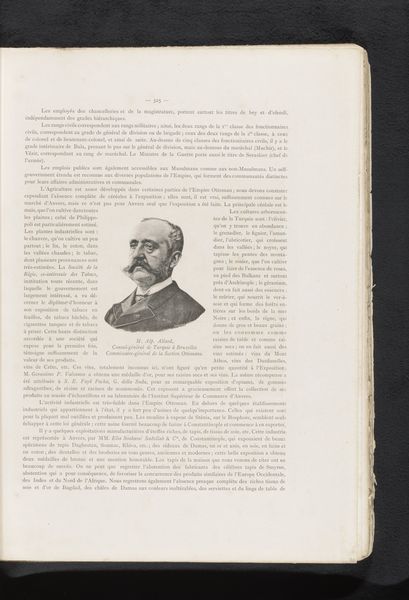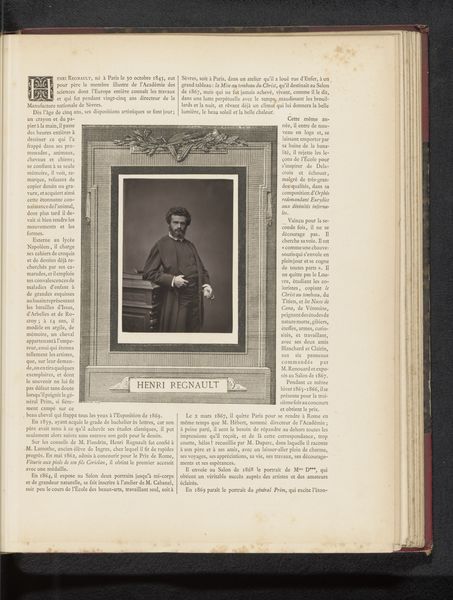
print, engraving
#
portrait
#
baroque
# print
#
old engraving style
#
history-painting
#
engraving
Dimensions: height 212 mm, width 134 mm, height 395 mm, width 294 mm
Copyright: Rijks Museum: Open Domain
Curator: Let's consider this print, "Executie van Thomas Wentworth, 1641," an engraving by Crispijn van de Passe the Younger, currently residing in the Rijksmuseum. The artist is primarily interested in form and structure. The execution is immaculate, rendering its symbolic narrative quite visible to even the uninitiated. Editor: It's quite dense, isn’t it? All that text surrounding the central portrait… It feels a bit overwhelming. How do you approach such a busy composition? Curator: Indeed, the layout possesses a complexity which initially defies singular focus. We must approach this composition as a series of interlocking formal relationships. Note how the portrait is framed by text, and within the portrait, Wentworth’s likeness dominates the representational field of justice being delivered. It also incorporates architectural motifs, such as the pillars and structure upon which the bust sits. What effects do these choices engender? Editor: The framing makes it seem very constructed and staged... less spontaneous somehow. More about power and formality than… than a true representation. Curator: Precisely. Observe the geometry; how the circle containing the bust constrasts with the rigid rectangles of the text blocks. Semiotically, these juxtapositions serve to reinforce a sense of established order contrasted against the disruption represented by Wentworth’s execution. Do you see how that manifests? Editor: I do. I was distracted by the quantity of detail. I appreciate that now the framing stands out, and reinforces its symbolic significance! Curator: I am glad to help you to perceive it anew. There is a beauty to engravings. By focusing on the core composition we can strip the cultural setting of a work from what remains and find the aesthetic truth within.
Comments
No comments
Be the first to comment and join the conversation on the ultimate creative platform.
